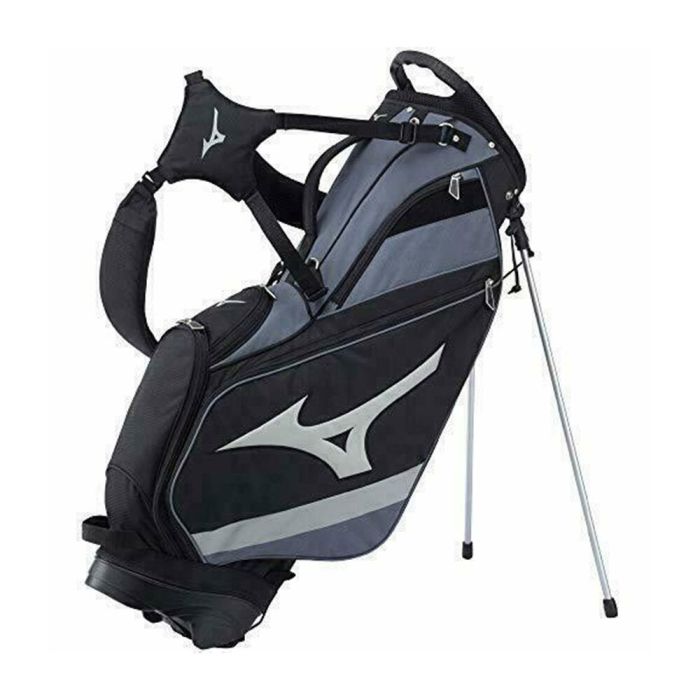
Luggage and leather goods retail market is expected to be the sector with optimum growth as per capita spending on luggage and leather goods is anticipated to grow over the next few years. Higher disposable incomes, increased business travel short weekend trips with low cost airline, and new markets for men, teens and older people, increased influence of fashion. Changes in technology and others are the factors responsible for stimulating demand in this market. Opportunities exist for manufacturers in leather-made items. Although the share of leather made products in this sector is declining as lower-priced products made of other materials, particularly textile materials have increased, the demand for leather-made items is still strong.
A detailed sector report providing comprehensive analysis of the emerging trends, forecasts and opportunities. A thorough analysis of consumer trends changing economic and population factors. Both qualitative and quantitative insights and analysis of the shifting luggage and leather goods retail dynamics. An overview of key luggage and leather goods retailers operating and their presence across distribution channels.
The luggage and leather goods market includes, sales of bags, wallets & purses, and luggage including briefcases, handbags, wallets and purses. Luggage includes suitcases and travel bags. Luggage and leather goods retail market is expected to be the sector with optimum growth and reach EUR 0.5 billion by 2025. Per capita spending on luggage and leather goods is also anticipated to grow over the next few years
However, Luggage and leather goods sales accounted for a marginal share of the total retail sales commanding a 45% share of the overall sales in the segment, specialist retailers dominate the luggage and leather goods market. Online sales of the luggage and leather goods category is expected to grow.
The luggage and leather goods market is highly fragmented: retailers range from department stores to more specialized clothing and accessories retailers. Larger players, such as department stores, benefit from scale economies that allow them to negotiate better deals with suppliers and compete more heavily on price. Furthermore, larger retailers tend to sell a multitude of products and, as such, are not solely reliant on revenues generated through the luggage & leather goods market, whereas less diverse retailers face greater competition to obtain and retain buyers. The low-cost switching for buyers and the relative ease of expansion further intensify rivalry. In addition, the market faces competition from other markets, such as clothing, for consumers’ discretionary spending. Exit barriers are low as retail space can often be offered to other businesses and inventory could be sold to other market players.
Moreover, one way in which a new entrant may enter the market on a small scale is by setting up a single, independent retail store specializing in one or more segments of the market, such as handbags. The switching costs here are not significant and buyers are prone to switch to new retailers if they cater to consumers’ needs and tastes. The effect of brand loyalty on how much investment is put into marketing campaigns depends on which segment a player is entering and thus who their competitors are.
The EU ranks second after Asia and is among the leading markets for luggage and leather accessories and goods in the world. The best performing sectors were handbags, laptop cases and small suitcases. A large group of EU consumers likes to keep up with the latest trends in fashion. In addition, an increasing variety in the design of luggage and accessories and an increasing use of new non-leather materials (nylon, fiber, and textiles) has given a strong stimulus to this mature market. Furthermore, lower prices and increased supply through non-specialist channels have exposed a larger group of consumers to this market sector, resulting in increased sales.
Moreover, higher disposable incomes, increased business travel short weekend trips with low cost airline, and new markets for men, teens and older people, increased influence of fashion. Changes in technology and others are the factors responsible for stimulating demand in this market.
Europe has traditionally been regarded as an important supplier of high quality luggage and leather accessories and goods to the world market. The trade channels for luggage and leather accessories are characterized by an enormous diversity, with the following differences per product group: For luggage (suitcases and briefcases), the specialist channels remain important. For bags and leather accessories there is a wide distribution network, which includes sales by clothing shops, footwear, perfumeries, sports shops and service companies. For all product groups, department stores take up a large proportion of retail sales.
Additionally, non-specialist channels have become important, as is the influence of large chain operators. However, in most countries, the traditional route from manufacturer to importer / wholesaler to retailer still dominates, particularly in southern EU and in the new member states.
However, importers/wholesalers or manufacturers would be the best starting point, as physical distribution of luggage is a constraint and changes in fashion occur more quickly. Opportunities exist for manufacturers in leather-made items. Although the share of leather- made products in this sector is declining as lower-priced products made of other materials, particularly textile materials have increased, the demand for leather-made items in the EU is still strong. Since, retailers hold the largest share of retail sales; however general retailers are forecast to exceed sales of specialist retailer. In addition, online channel is set to grow the fastest followed by convenience stores.